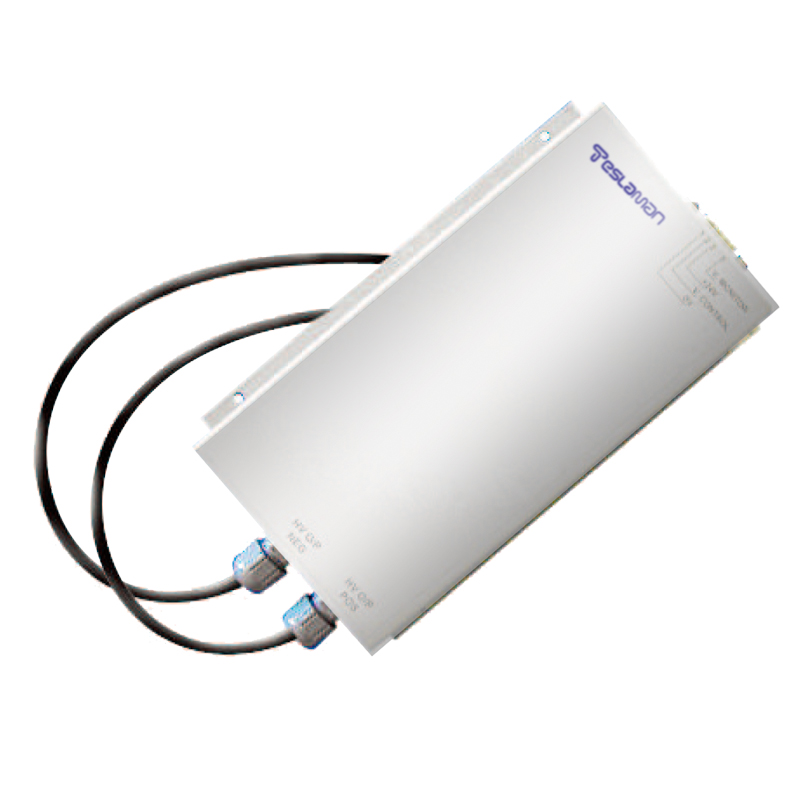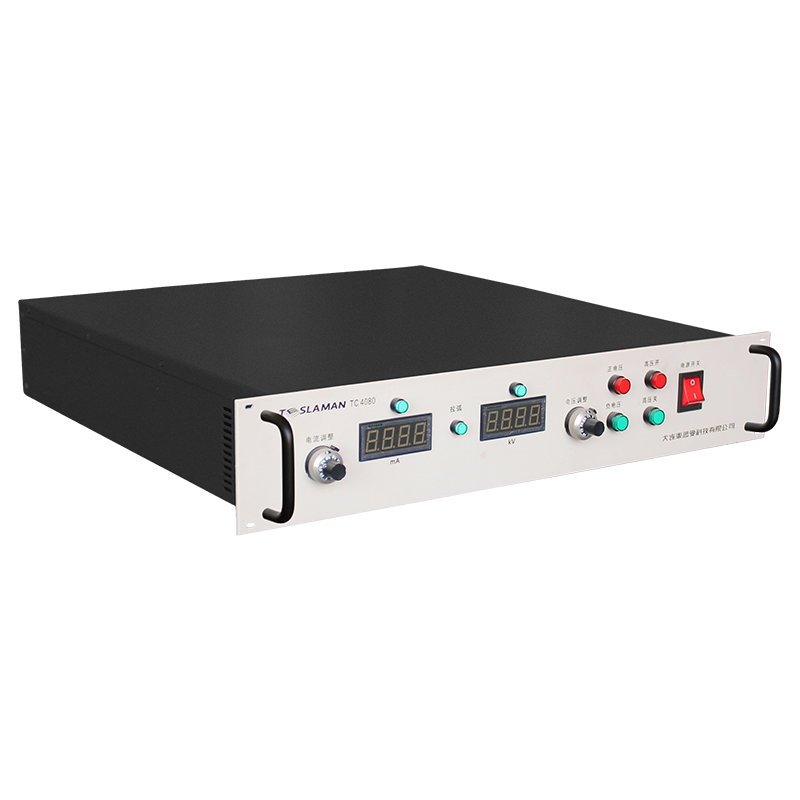Optimization Theory and Engineering Practice of Charging Curves for Capacitor Charging High-voltage Power Supplies
I. Nonlinear Characteristics and Engineering Challenges of Capacitor Charging Curves
In pulsed power systems, medical imaging equipment, and high-energy physics devices, the charging curves of high-voltage capacitor charging power supplies directly determine energy conversion efficiency and system reliability. Typical high-voltage capacitors (1-100kV class) exhibit significant nonlinear characteristics during charging: low impedance during initial stages causes current surges up to 300% of rated values, while dielectric polarization effects near rated voltage increase equivalent capacitive reactance by over 40%. Experimental data shows that unoptimized charging curves reduce capacitor lifespan to 65% of theoretical values and induce voltage overshoots up to ±7%, severely threatening load safety.
II. Core Parameter System for Charging Curve Optimization
1. Dynamic Impedance Matching Technology
Adaptive matching algorithms based on real-time capacitor parameter identification enhance charging efficiency beyond 95%. High-frequency sampling (≥1MHz) captures capacitance-temperature correlation curves, building second-order RC equivalent models with parameter identification errors below 1.5%. Multi-winding transformer topologies enable continuous impedance adjustment during charging.
2. Multi-stage Segmented Control Strategy
Three charging phases:
Pre-charge phase (0-30% Vmax): Slope-limited constant current mode (di/dt≤50A/μs) suppresses inrush current
Rapid boost phase (30-90% Vmax): Variable-step PID algorithm dynamically adjusts switching frequency (20-200kHz)
Precision compensation phase (90-100% Vmax): Resonant charging mode achieves ±0.05% voltage accuracy
3. Thermal-Electrical Coupling Control
3D thermal conduction models predict hotspot distributions via finite element analysis. Temperature compensation coefficients embedded in charging curves maintain core temperature differences at ΔT<3℃, effectively inhibiting exponential growth of dielectric loss.
III. Engineering Implementation of Intelligent Optimization Algorithms
1. Deep Reinforcement Learning-based Parameter Optimization
A 12-dimensional state space (voltage, current, temperature, ripple, etc.) Markov decision model optimizes parameters through Q-learning iterations. Field tests show 18% faster charging and 22% reduced energy loss.
2. Genetic Algorithm and NSGA-II Multi-objective Optimization
Setting charging efficiency, voltage accuracy, and thermal stress as optimization targets, non-dominated sorting genetic algorithms solve Pareto frontiers. Typical optimizations reduce thermal stress to 54% baseline while maintaining 98% efficiency.
3. Digital Twin-driven Predictive Control
An electromagnetic-thermal-mechanical coupled digital twin predicts equipment states under different charging curves. Third-order lead compensation algorithms suppress voltage overshoot to ±0.3%, enhancing repetitive charging stability.
IV. Multi-physics Co-design Methodology
1. EMI Suppression Strategies
Predistortion waveforms embedded in charging curves generate cancellation signals via inverse Fourier transform, reducing conducted emissions (CE) by 15dBμV. Gradient-descent-optimized switching sequences control radiated emissions (RE) peaks below 30MHz.
2. Dielectric Loss Compensation
Real-time dielectric loss current calculations based on Debye relaxation models superimpose compensation components onto charging currents, narrowing equivalent series resistance (ESR) fluctuations from ±25% to ±3%.
3. Mechanical Stress Balancing
Charging slope control reduces electrode plate stress gradients from 5N/mm² to 0.8N/mm². Piezoelectric sensor feedback enables dynamic decoupling of charging rates and mechanical vibrations.
V. Industrial Validation and Development Trends
Testing data from a linear accelerator project shows optimized curves reduce 100kV/10mF capacitor charging time from 58s to 41s, with voltage stability reaching 99.97%. Capacitor temperature rise decreases from 32℃ to 19℃, extending lifecycle to 1.5 million charge-discharge cycles.
Future advancements will focus on quantum charging control using superconducting switches for picosecond current interruption accuracy. Wide-bandgap semiconductors (SiC/GaN) could push efficiency beyond 98.5%. Deep integration of digital twins and edge computing will propel charging curve optimization into an adaptive real-time evolution era.




















